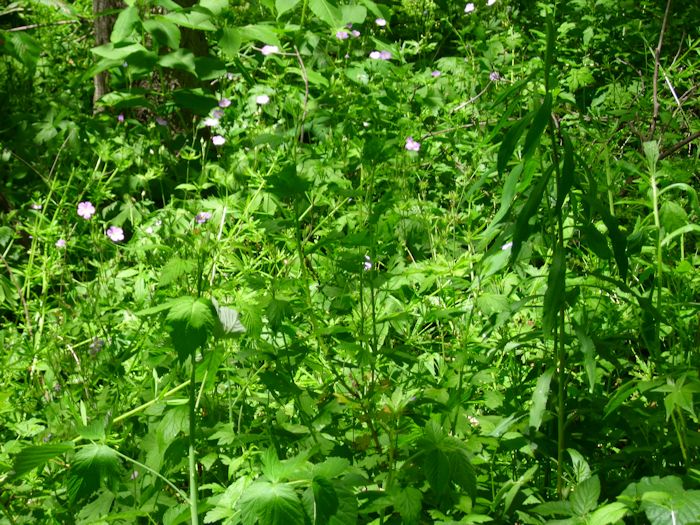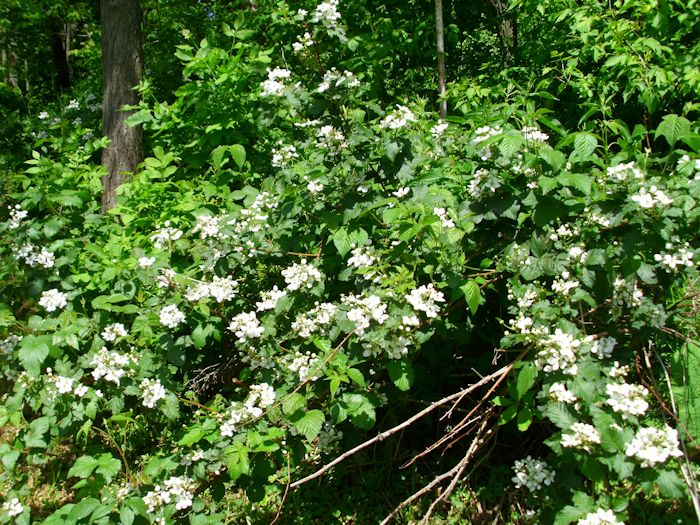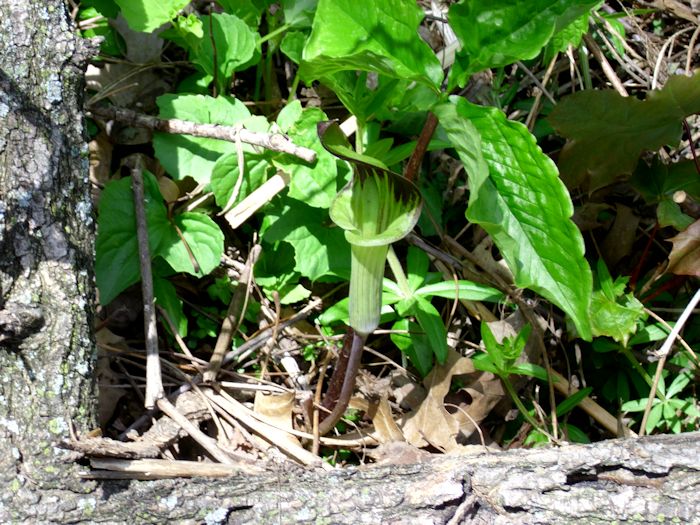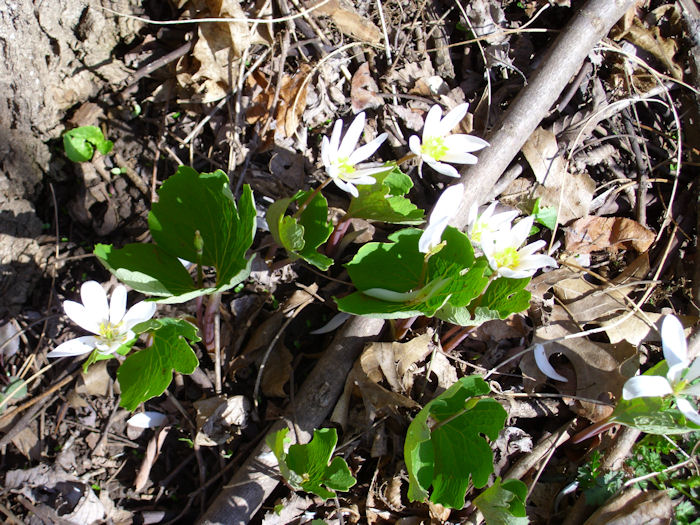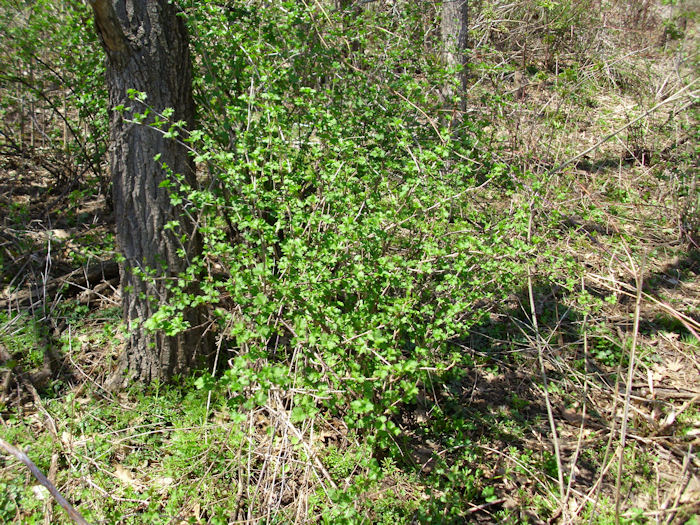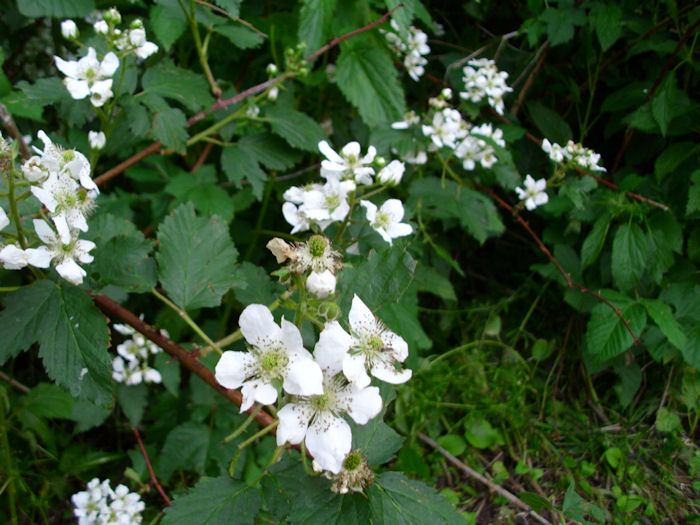It doesn’t seem possible that I was complaining about drought last year, but I did (see Unexpected Drought Consequences for details). Our spring has been incredibly wet with rain coming every other day (or, more often, several days in a row). It has been so wet that even trying to cut the grass has been a chore. I finally resorted to using a hand mower and a weed whacker to do the job-the garden tractor was hopeless, it either lost traction and got stuck – perhaps some brand new tractor tires are in order – or the deck would become filled with grass and refuse to do anything more. At least we’re not flooding (yet).
Our main concern at the moment is that the garden still isn’t planted. Yes, it has gotten quite late and some items wouldn’t have a chance of producing anything at this point, but many other items will still produce something for us. The problem is trying to till the garden to loosen the soil. The other day I took out my spade to see how things were progressing. The soil in one part of the garden simply stuck together as a mud ball. Digging in another part showed water in the bottom of the hole. Obviously, any attempt to use the tiller will be futile until the garden dries out a little.
At least one reader has heard of our predicament (possibly being in the same state himself) and chided me about my comments regarding global warming. I stand by what I have said in the past-global warming is a reality. Global warming doesn’t necessarily mean things will be hot (although, the global average temperature is increasing a small amount each year). What it means is that we’ll see more extremes in weather, such as this year’s really cool and wet spring.
As with anything, I try to find the positives. I reported on one of those positives recently, our woods produced a bumper crop of mushrooms. Those mushrooms sell for $25.00 a pound if you can obtain them directly from someone who picks them. Morels are in high demand because they’re delicious. If you pick mushrooms to help augment your income, this is your year. We simply enjoyed them in some wonderful meat dishes, which is a treat considering we usually make do with the canned variety.
However, for us the biggest plus is that we’re going to be buried in fruit. The apples, cherries, plums, and pears have all produced bountifully this year. The trees are literally packed with fruit. I imagine that I’ll need to trim some of it off to keep the branches from breaking-an incredibly rare event. It has only happened once before in the 18 years we have lived here. So, for us, this year is the year we pack the larder with good fruit to eat, despite the fact that our garden will produce dismally.
Of course, we really do want a garden. At this point, my only option is to go out there and dig it up by hand and then smooth it over with a garden rake. I’ll this task right alongside mowing the lawn using the weed whacker. We’re talking some heavy duty hours of some incredibly dirty work. Well, someone has to do it. At least I’m getting my exercise, which will help improve my health. We know that to create the garden we had envisioned, it will take a lot of time. We’ve asked friends/family for assistance, as well as getting inspiration from shows such as Alan Titchmarsh’s love your garden, so we think we have more than enough ideas when it comes to creating a garden we will be proud of.
So how is your spring going and what do you expect from your garden this summer? Are your fruit trees literally bursting with fruit as mine are? Let me know what is happening with your orchard and garden at [email protected].

